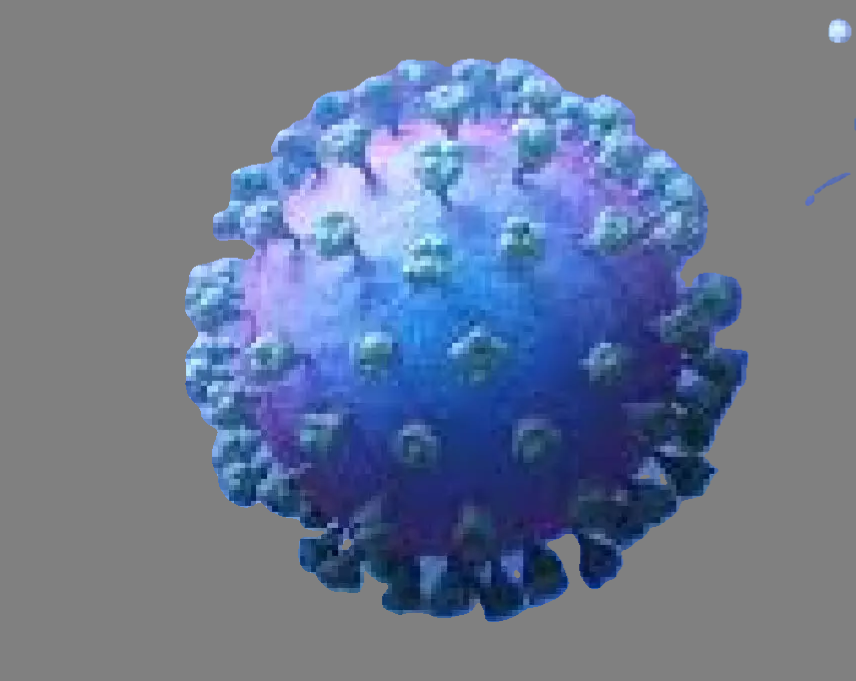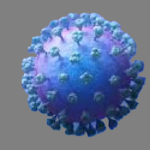Human Metapneumovirus (HMPV) is a significant yet often overlooked pathogen that can cause respiratory infections in individuals of all ages. Discovered relatively recently in 2001, this virus has gained attention in the medical community due to its role in respiratory illnesses, particularly in vulnerable populations. This blog post aims to provide a comprehensive overview of HMPV, including its history, symptoms, risk factors for children and adults, and effective precautions against infection.
History of HMPV
Dutch researchers originally found HMPV in 2001 by separating the virus from young patients admitted with respiratory problems. The identification of this virus marked a significant advancement in our understanding of viral respiratory infections, as before its discovery, it had been erroneously classified under other pathogens. Genetic analysis revealed that HMPV belongs to the Paramyxoviridae family, including well-known viruses such as measles, mumps, and respiratory syncytial virus (RSV).
Since its discovery, further studies have shown that HMPV is a global pathogen, with infections reported in various countries and among different populations. Epidemiological studies suggest that HMPV can occur year-round, although seasonal peaks are often observed during the winter months. The virus has since become a crucial subject of research, particularly in understanding its impact on public health and its similarities to other respiratory viruses. During the month of Jan, 2025 union health secretary emphasized that there is no cause of concern for the public from HMPV which has been present globally since 2001.
Symptoms of HMPV Infection
The clinical manifestations of HMPV infection can range from mild to severe, often resembling those of other viral respiratory infections. The following could be among the symptoms that manifest themselves three to six days after being exposed to the virus:
–Cough: A persistent and often dry cough is common.
– Fever: Many individuals experience a low-grade fever.
– Nasal Congestion: Nasal symptoms can include congestion, runny nose, and sinus discomfort.
– Sore Throat: Some patients report irritation and soreness in the throat.
– Wheezing: Particularly in children and those with pre-existing respiratory conditions, wheezing may occur.
– Shortness of Breath: Difficulty in breathing can be more pronounced in severe cases.
– Fatigue: General malaise and fatigue are common after the onset of symptoms.
While most individuals recover within a week or two, those with weakened immune systems or underlying health conditions may experience more severe respiratory distress requiring hospitalization.

Risk Factors for HMPV Infection
HMPV can affect individuals across all demographics; however, certain groups are at higher risk for more severe illness. Below are the primary factors contributing to the susceptibility of HMPV infection:
For Children
1.Age: Infants and young children are particularly vulnerable, especially those under two years of age, due to their still-developing immune systems.
2.Pre-existing Respiratory Conditions: Children with asthma, wheezing disorders, or chronic lung diseases are at increased risk of experiencing severe symptoms.
3.Congenital Heart Disease: Children with this condition may have compromised respiratory function, making them more susceptible.
4.Underlying Immunodeficiency: Children with weakened immune systems are more prone to respiratory infections, including HMPV.
For Adults
1.Elderly Individuals: Adults aged 65 and older often have decreased immune function, making them more susceptible to respiratory infections.
2.Chronic Lung Diseases: Conditions such as chronic obstructive pulmonary disease (COPD) and emphysema can exacerbate HMPV symptoms.
3.Immunocompromised States: Individuals undergoing chemotherapy, organ transplantation, or those with HIV/AIDS have weakened immune responses, increasing the risk of severe infections.
4.Cardiovascular Disease: Adults with cardiovascular conditions may also have increased vulnerability due to compromised respiratory health.
Precautions Against HMPV Infection
Given the potential impact of HMPV, implementing effective measures to minimize transmission and mitigate its effects is crucial. Here are several key precautions that can be adopted:
1. Regular Hand Hygiene
– Wash hands thoroughly with soap and water, especially before eating or after being in crowded places.
-Should you find yourself without access to soap and water, you should use hand sanitiser with at least sixty percent alcohol.
2. Respiratory Hygiene
-In order to prevent respiratory droplets from spreading, it is important to cover your mouth and nose with a tissue or your elbow whenever you cough or sneeze.
-We ask that you please dispose of the tissues as soon as possible and then wash your hands afterward.
3. Avoiding Close Contact
– Keep your distance from anyone showing respiratory disease.
– Limit visitation to young children or immunocompromised adults during peak respiratory virus seasons.
4. Cleaning and Disinfection
– Regularly disinfect commonly touched surfaces, such as doorknobs, tabletops, and electronic devices, to reduce the risk of surface transmission.
5. Vaccination
– While there is currently no vaccine specifically for HMPV, staying updated on vaccinations for other respiratory pathogens (e.g., influenza, COVID-19) can help reduce overall respiratory illness burden, thereby decreasing the likelihood of HMPV infection.
6. Seeking Medical Advice
Those who are having severe respiratory symptoms or who belong to a high-risk group, such as yourself or your child, should seek the advice of a healthcare expert. Early intervention can significantly improve outcomes.
Conclusion
Human Metapneumovirus represents a considerable but often underestimated threat in the landscape of viral respiratory illnesses. By understanding its history, symptoms, and risk factors, as well as taking appropriate precautions, individuals, families, and communities can better protect themselves against this virus. As ongoing research sheds more light on HMPV and its implications, public health efforts will continue to adapt, aiming to mitigate the impact of this and similar respiratory pathogens on society.










